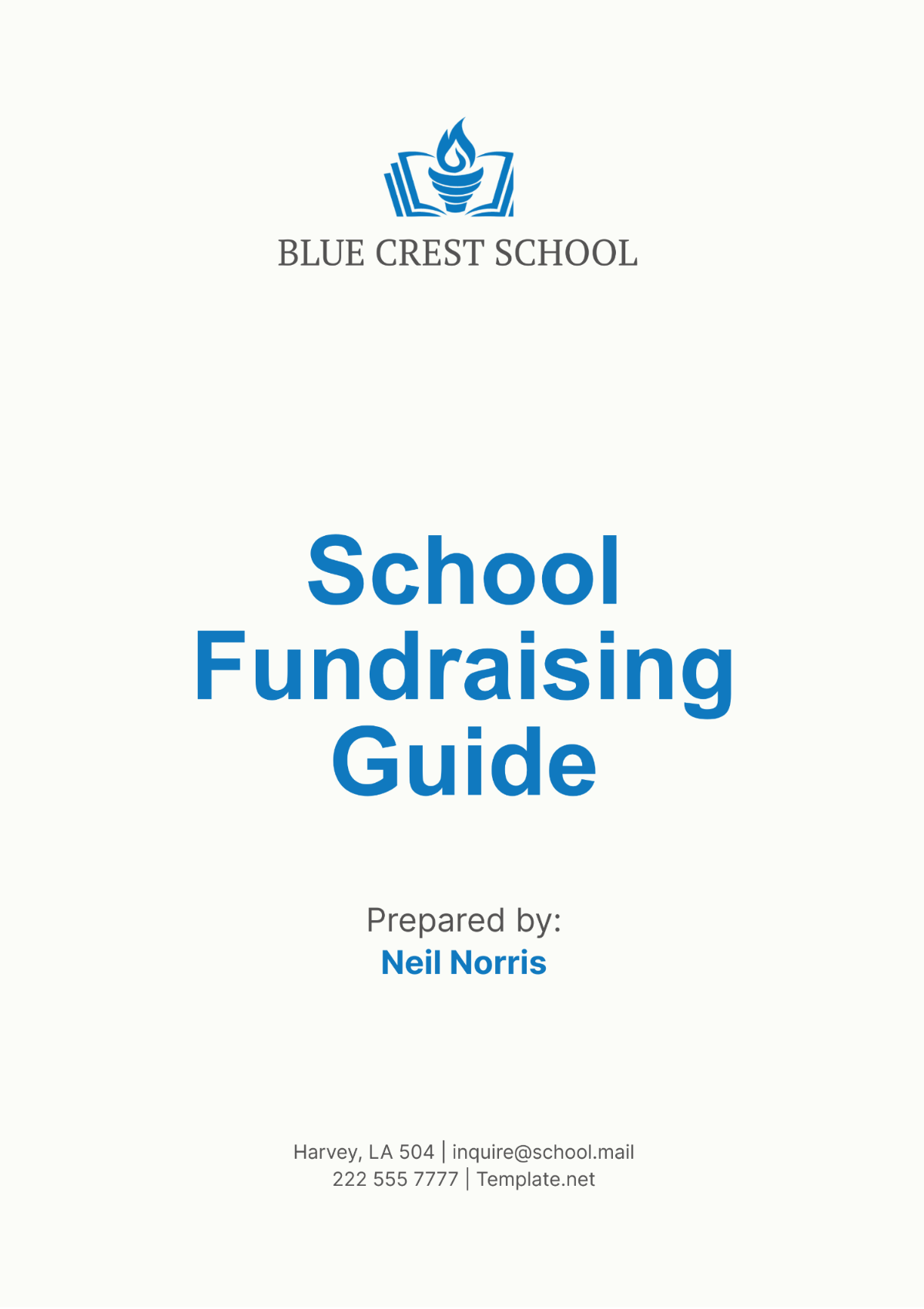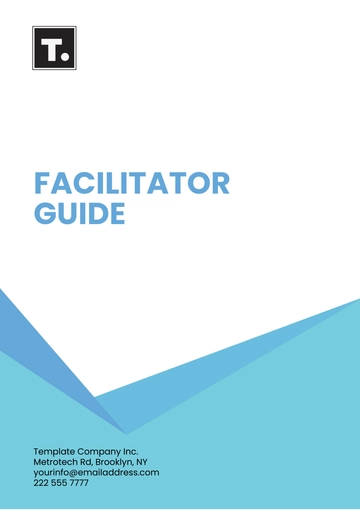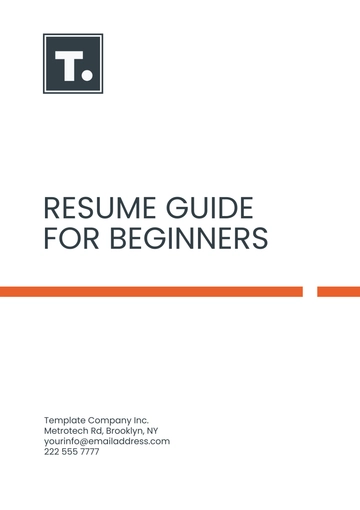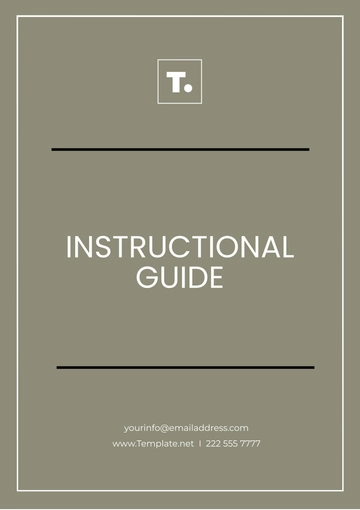Free School Fundraising Guide

I. Introduction
The purpose of this Fundraising Guide is to provide a comprehensive framework for [Your Company Name]'s fundraising efforts. Effective fundraising is essential for supporting our educational programs, enhancing our facilities, and providing opportunities for our students. By outlining clear principles, goals, and strategies, we aim to create a cohesive and sustainable approach to fundraising that aligns with our school's mission and vision.
II. Fundraising Principles
Our fundraising efforts are guided by core principles that ensure we conduct our activities ethically and effectively. These principles include:
Core Values and Ethical Guidelines: Uphold integrity, transparency, and accountability in all fundraising activities. Ensure that all efforts align with our school's mission and values.
Donor-Centric Approach: Focus on building strong, lasting relationships with donors. Understand and meet their needs and preferences, and show appreciation for their support.
Transparency and Accountability: Provide clear and accurate information about how funds are raised and used. Regularly report on the outcomes and impact of fundraising activities.
III. Fundraising Goals
Our fundraising goals are designed to support both immediate and long-term needs of our school. These goals include:
Short-Term Goals
Raise $50,000 for new classroom technology by the end of the academic year.
Fund a new playground by the start of the next school year.
Long-Term Goals
Establish a $1 million endowment fund within the next five years.
Raise $500,000 for the renovation of the science laboratories.
IV. Types of Fundraising Activities
A. Annual Fundraising Gala
The Annual Fundraising Gala is a signature event held each spring to raise significant funds and engage the community. Implementation: Plan the event six months in advance. Secure a venue, set a date, and form a planning committee.
Sponsorship: Seek corporate and individual sponsors to cover event costs.
Promotion: Use various communication channels to promote the event.
Entertainment: Arrange for entertainment, such as a live band or guest speaker.
Auction: Organize a silent or live auction to raise additional funds.
B. School Fairs and Festivals
School fairs and festivals are held annually to bring together students, parents, and the community for a day of fun and fundraising. Implementation: Schedule the event for late spring or early summer. Form a planning committee.
Activities: Plan diverse activities such as games, food stalls, and performances.
Volunteers: Recruit volunteers from the school community.
Sponsorship: Partner with local businesses for sponsorships and in-kind donations.
Promotion: Promote the event through school newsletters, social media, and local media.
C. Sports Tournaments
Sports tournaments are organized to engage the community in friendly competition while raising funds. Implementation: Plan the event for fall or spring. Coordinate with school sports teams and local organizations.
Participation: Encourage student, parent, and community participation.
Sponsorship: Seek sponsorships from local businesses.
Logistics: Arrange for venues, equipment, and volunteers.
Promotion: Use school and community channels to promote the event.
D. Capital Campaigns
Capital campaigns are launched for major projects such as building renovations or new facilities. Implementation: Initiate the campaign with a feasibility study and set a timeline of 1-3 years.
Leadership: Form a steering committee with key stakeholders.
Donor Engagement: Identify and engage major donors early in the process.
Communication: Develop a communication plan to keep the community informed.
Recognition: Plan recognition opportunities for major donors.
E. Annual Giving Campaigns
Annual giving campaigns solicit donations from the school community to support ongoing needs. Implementation: Launch the campaign at the beginning of the school year and run it through the end.
Appeals: Send out regular donation appeals via mail, email, and social media.
Matching Gifts: Encourage matching gifts from employers.
Updates: Provide regular updates on the campaign's progress.
Thank You: Send personalized thank-you notes to all donors.
F. Online Crowdfunding
Online crowdfunding campaigns leverage digital platforms to raise funds from a broad audience. Implementation: Choose a crowdfunding platform and set a campaign duration (typically 30-60 days).
Goal Setting: Set a realistic fundraising goal.
Storytelling: Create compelling stories and visuals to engage potential donors.
Promotion: Use social media and email marketing to promote the campaign.
Updates: Regularly update donors on the campaign’s progress.
G. Government and Foundation Grants
Applying for grants from government agencies and foundations can provide substantial funding for specific projects. Implementation: Identify grant opportunities and align them with school needs. Prepare applications well in advance of deadlines.
Research: Thoroughly research potential grants.
Proposal Writing: Write clear and compelling grant proposals.
Compliance: Ensure compliance with all grant requirements.
Reporting: Provide timely reports to grantors on the use of funds.
H. Corporate Sponsorships
Corporate sponsorships involve partnering with businesses to support school programs and events. Implementation: Develop a sponsorship package and identify potential corporate partners.
Proposal: Create customized sponsorship proposals.
Benefits: Clearly outline the benefits to sponsors.
Follow-Up: Maintain regular communication with sponsors.
Recognition: Publicly recognize sponsors through various channels.
I. Local Business Partnerships
Forming partnerships with local businesses can provide ongoing support and resources. Implementation: Identify businesses aligned with the school’s mission. Approach them with partnership proposals.
Mutual Benefits: Highlight the benefits for both the school and the business.
Engagement: Engage businesses in school activities and events.
Recognition: Acknowledge partners in school communications and events.
Sustainability: Develop long-term partnership agreements.
J. Alumni Donations
Engaging alumni for donations leverages the connection former students have with the school. Implementation: Establish an alumni association and maintain regular contact through newsletters and events.
Database: Maintain an updated alumni database.
Appeals: Send personalized donation appeals to alumni.
Events: Host alumni events to strengthen connections.
Recognition: Recognize alumni contributions publicly.
K. PTA Contributions
The Parent-Teacher Association (PTA) can be a significant source of support through its fundraising efforts. Implementation: Collaborate with the PTA to plan and execute fundraising activities.
Coordination: Align PTA efforts with school fundraising goals.
Support: Provide resources and support to the PTA.
Involvement: Encourage active participation from parents.
Reporting: Ensure transparent reporting of funds raised and used.
L. Community Drives
Community drives mobilize the local community to support specific needs, such as school supplies or food donations. Implementation: Plan community drives around specific needs and times of the year.
Needs Assessment: Identify and communicate specific needs to the community.
Promotion: Use local media and community networks to promote the drive.
Collection Points: Set up convenient collection points.
Thank You: Publicly thank the community for their contributions.
V. Target Donors
Identifying and engaging with potential donors is crucial for successful fundraising. We categorize our target donors based on their relationship with the school and their capacity to give. Understanding their needs and preferences allows us to tailor our engagement strategies effectively.
Donor | Needs | Engagement Strategy |
|---|---|---|
Alumni | Connection to school | Alumni newsletters, reunions |
Parents | Child's education | Parent-teacher meetings, family events |
Businesses | Community involvement | Sponsorship opportunities |
Corporations | Branding | Corporate sponsorship packages |
Foundations | Impactful projects | Grant applications, project proposals |
Government | Community development | Grant applications, advocacy efforts |
Individuals | Personal connection | Donor recognition programs |
VI. Fundraising Strategies
A. Personal Outreach
Personal outreach involves direct communication with potential donors to build relationships and solicit donations.
Identify key donors and schedule one-on-one meetings to discuss their interests and the impact of their donations.
Customize appeals based on donor preferences and previous giving history.
Provide regular updates on fundraising progress and the impact of donations.
Acknowledge donors publicly and privately to show appreciation for their support.
B. Digital Outreach
Digital outreach leverages online platforms to reach a broader audience and solicit donations.
Use email campaigns to share fundraising goals, success stories, and donation appeals.
Utilize social media platforms to engage with donors, share updates, and promote fundraising events.
Create a user-friendly online donation portal for easy and secure donations.
Utilize crowdfunding platforms to reach a larger audience and encourage small donations.
C. Marketing and Public Relations
Marketing and public relations strategies are essential for promoting fundraising campaigns and building awareness.
Develop compelling fundraising campaigns with clear messaging and visuals.
Use press releases and media outreach to garner media coverage and raise awareness.
Create promotional materials such as brochures, flyers, and videos to share the impact of donations.
Engage with local media outlets and influencers to amplify fundraising efforts.
VII. Planning and Execution
A. Developing a Fundraising Plan
Developing a fundraising plan is crucial for setting clear objectives, identifying strategies, and allocating resources effectively.
Conduct a thorough analysis of past fundraising efforts and outcomes.
Set SMART fundraising goals.
Identify target donors and fundraising strategies based on their preferences.
Develop a detailed budget that includes expenses and expected revenue.
Assign roles and responsibilities to team members and volunteers.
B. Pre-Event Preparation
Pre-event preparation involves all the necessary arrangements and promotions before the fundraising event.
Secure event venue, permits, and necessary equipment.
Develop event program and schedule.
Recruit and train volunteers.
Promote the event through various channels to maximize attendance.
C. Event Execution
During the event, focus on creating a positive experience for attendees and maximizing fundraising opportunities.
Ensure smooth event logistics, including registration, seating, and food service.
Engage attendees with interactive activities and presentations.
Provide opportunities for guests to donate, participate in auctions, or sponsor items.
Capture the event through photography and video for future promotions.
D. Post-Event Follow-Up
After the event, follow up with attendees and donors to thank them for their support and provide updates on fundraising outcomes.
Send personalized thank-you notes to attendees, donors, sponsors, and volunteers.
Share event highlights and fundraising results through newsletters, social media, and press releases.
Evaluate the event's success against fundraising goals and identify areas for improvement.
E. Campaign Management
Effective campaign management involves overseeing all aspects of a fundraising campaign, from planning to execution and evaluation.
Develop a campaign timeline with key milestones and deadlines.
Coordinate with team members and volunteers to ensure tasks are completed.
Monitor campaign progress and adjust strategies as needed.
Evaluate campaign outcomes against goals and identify lessons learned for future campaigns.
VIII. Volunteer and Staff Engagement
A. Volunteer
Volunteers play a crucial role in our fundraising efforts, providing support and helping us reach our goals. They:
Assist with event planning, set-up, and execution.
Engage with donors and attendees to promote fundraising initiatives.
Provide administrative support, such as data entry and donor acknowledgment.
Serve as ambassadors for our school, sharing our mission and impact with the community.
B. Staff Involvement
Staff members are instrumental in fundraising success, as their involvement can inspire support and engagement from others. They:
Support fundraising initiatives by promoting events within the school community.
Engage with donors at events, highlighting the impact of their support.
Provide expertise and guidance in areas such as marketing and finance.
Serve as advocates for our school, sharing our story and successes with stakeholders.
IX. Stewardship and Donor Relations
Building strong relationships with donors is essential for long-term fundraising success. Proper stewardship involves thanking donors promptly and making them feel appreciated.
Personalized Communication: Send personalized thank-you notes or emails to donors, acknowledging their support and the impact of their donation.
Timely Acknowledgment: Thank donors promptly after receiving their donation, expressing gratitude for their generosity.
Recognition Opportunities: Offer donors recognition opportunities, such as naming rights or plaques, to show appreciation for their support.
Regular Updates: Keep donors informed about the impact of their donations through regular updates and reports on fundraising outcomes.
Invitations to Events: Invite donors to special events and activities to show appreciation and keep them engaged with our school.
Personal Outreach: Occasionally reach out to donors personally, to express gratitude and update them on our progress.
Proper stewardship not only shows appreciation for donors' support but also helps build long-lasting relationships that can lead to continued support in the future.
- 100% Customizable, free editor
- Access 1 Million+ Templates, photo’s & graphics
- Download or share as a template
- Click and replace photos, graphics, text, backgrounds
- Resize, crop, AI write & more
- Access advanced editor
Introducing the School Fundraising Guide Template from Template.net. This editable and customizable template is designed to help schools plan and execute successful fundraising campaigns. With sections on fundraising principles, goals, and strategies, this template can be tailored to fit your school's unique needs. Editable in our AI Editor tool, it's the perfect resource for achieving your fundraising goals.





























